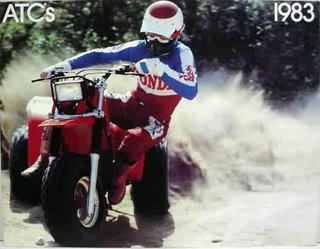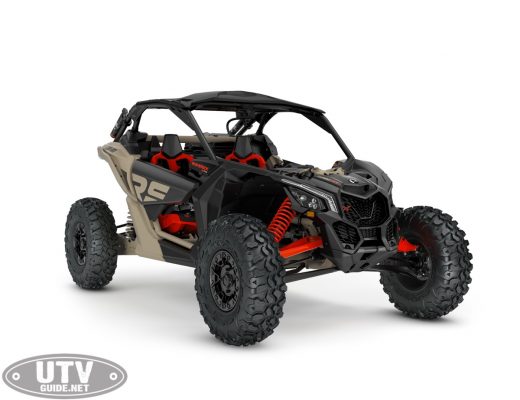Commentary by Jon Crowley, www.utvguide.net
June 1, 2009
I was interviewed las week by a freelance reporter who is writing an article on the Yamaha Rhino and I got to thinking about the future of sport UTVs. Are Yamaha Rhinos, as well as other sport UTVs headed in the direction of the infamous Honda ATC three-wheeler from back in the 1980’s?
If you remember way back when in 1982 (it really wasn’t that long ago), Honda introduced the ATC 200 Big Red. The ATC was a great machine, but as popularity exploded, so did the accident rate.
The accidents are tragic, that is for sure. But if you look past the typical inflammatory reporting that blame the machine, you will find that in both instances, many guidelines were completely ignored that would have either prevented the accident or surely lessened the severity.
In the case of the 13 year old boy, he was not wearing a seat belt, he was under 16 years old, the Rhino was new (lack of experience), he was not wearing a helmet and there was no adult supervision.
With the father that died in the roll over, the Rhino was carrying one driver and 5 children as passengers in a two person vehicle. No one had seat belts on, and the father was carrying his one year old son on his lap.
If I am reading the tea-leaves correctly, I can see that improper use of sport UTVs will soon affect the types of vehicles that manufactures are allowed to build. Will the CPSC step in and limit how powerful side x side vehicles can be? Will helmets become mandatory equipment just like they are in California for ATVs? Will manufacturers be forced to add even more safety equipment? A riding lawn mower with doors, window nets and roll cages that create a safety bubble around occupants isn’t too far fatched if you get where I am going here.
Even though the vast majority of side x side vehicle owners use their vehicles without incident, all of these lawsuits, the bureaucrats at the CPSC and our efficient lawmakers are going to force manufacturers to limit how much fun we can have in our beloved UTVs. That is the sad truth.
There are many more accidents involving bicycles per capita than there are in UTVs. If you apply the same logic to bicycles, manufacturers would have been forced to include a protective bubble around all bikes sold in the U.S. many years ago. But there are a few critical difference between bicycles and UTVs. First off, people have long ago accepted the fact that you may fall off your bicycle. And secondly, there isn’t a specific manufacturer (aka cash cow) for a class action lawsuit so the lawfirms aren’t interested.
-
Always wear your seat belt
-
Always wear a helmet
-
Don’t drink and drive
-
Keep arms and legs in the vehicle at all times
-
Abrupt maneuvers or aggressive driving can cause rollovers – even on flat, open areas
-
Children under 16 should never drive a side x side vehicle
Beyond following the guideline provided by vehicle manufacturers, use some common sense and take responsibility for your actions. Be sure to learn the limits of your vehicle and your driving ability.



No Comments